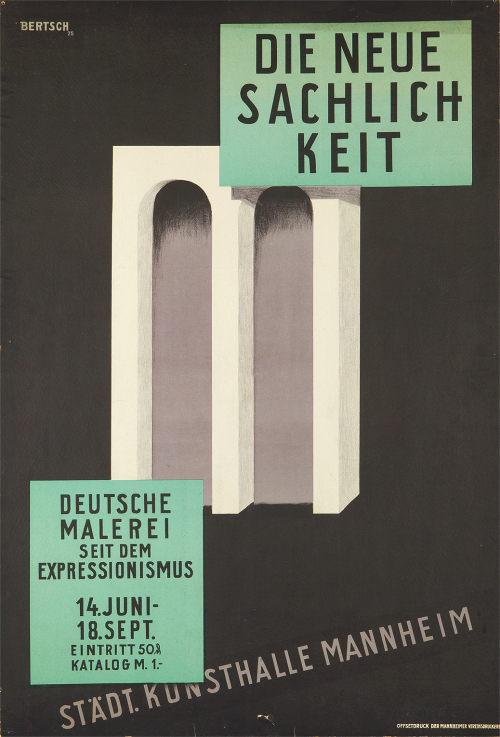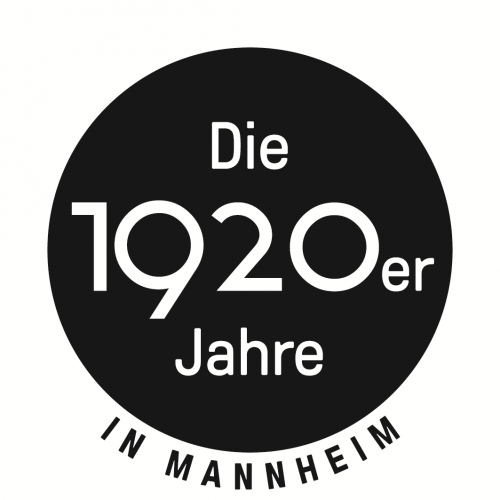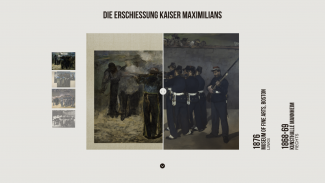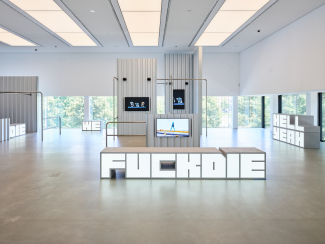
It is extremely rare for an entire epoch to be defined by a single term. However, the young Mannheim Kunsthalle director Gustav F. Hartlaub succeeded in doing just that with his legendary exhibition "Neue Sachlichkeit" (New Objectivity) in 1925. Far beyond its art-historical significance, the term has become synonymous with the cultural awakening of the 1920s - and with the rationality and objective precision observable in art, architecture and literature, which can be seen as a reaction to the great political and social upheavals of that decade. One hundred years later, the Kunsthalle Mannheim is dedicating a major exhibition to the phenomenon of "New Objectivity", which both pays tribute to the achievements of the time, but also critically questions and complements them, especially with regard to the work of women artists, since not a single woman was represented in the 1925 exhibition.
Curator: Dr. Inge Herold
Curatorial assistance: Dr. Manuela Husemann and Dr. Gunnar Saecker
"The New Objectivity - A Centennial" is under the patronage of Federal President Frank-Walter Steinmeier.
Media partner:

The 1920s and the New Objectivity
The 1920s were characterized by a spirit of political and social transformation following the end of the First World War. During the early 1920s in particular, poverty and unemployment dominated society in Germany. As of 1923, the Weimar Republic experienced an economic boom that ended in 1929 with the stock market crash.
The most important art movement of the decade was the New Objectivity. Important subjects included social inequities and the general political and societal situation of a country in a state of transformation. The reflection of a sober reality was foregrounded. Prominent artists included George Grosz, Otto Dix, Max Beckmann, and Christian Schad.
The New Objectivity took hold not only in Germany: in Austria, Italy, Switzerland, the Netherlands, and other countries as well, leading artists found their way to this style. With the start of the Great Depression, this style of painting increasingly lost strength.
The 1925 exhibition
The director of Kunsthalle Mannheim Gustav F. Hartlaub presented in the exhibition “Neue Sachlichkeit” (New Objectivity) around 130 paintings by 32 artists, including Max Beckmann, Otto Dix, George Grosz, Heinrich Maria Davringhausen, Adolf Erbslöh, Ernst Fritsch, Nicolas Gluschenko, Ernst Haider, Wilhelm Heise, Karl Hubbuch, Alexander Kanoldt, Walter Schulz-Matan, Carlo Mense, Anton Räderscheidt, Rudolf Schlichter, Georg Schrimpf, Georg Scholz, and Niklaus Stoecklin.
In this exhibition, Hartlaub characterized the movement of German post-war art “since expressionism,” as the show’s subtitle put it, which took its orientation from the object. He distinguished two wings in this artistic movement: a conservative style of painting that took its orientation from the Renaissance, classicism, and the Nazarenes, and a veristic direction of socially critical art, where the main representatives were George Grosz and Otto Dix.
The New Objectivity: A centennial anniversary
With the exhibition The New Objectivity: A Centennial Anniversary, Kunsthalle Mannheim takes a look at what was undoubtedly the museum’s most important exhibition in its one-hundred-year history. This centennial exhibition is organized into several thematic areas, both questioning and critically complementing the concept of the 1925 show. At the same time, the political climate of the period dominated by the rise of Nazism will also be an emphasis of the exhibition.
This exhibition will present ca. 200 works by almost 100 artists, combining works borrowed from lenders around the world with pieces from our own collection. Subjects will be foregrounded such as current events, everyday life, industrialization, new mobility, the human image, and the image of woman as well as portraits, still-lifes, and landscapes that characterize the period as one of transformation and contrasts.
The exhibition section “On the 1925 Exhibition” will deal with the emergence of the style and the story behind the exhibition and those involved in its planning, focusing in particular on Franz Roh and Gustav Friedrich Hartlaub. An additional emphasis will be placed on the paintings shown in Mannheim in 1925.
This detailed look at the 1925 exhibition takes place primarily in digital form, since many of the objects shown were either destroyed, could not be borrowed or found. At the same time, a selection of the works from the Kunsthalle’s own holdings or borrowed from other museums will be part of the exhibition and offer a cross-section of the historic show.
The 1925 exhibition will also be subjected to a critical review. For example, the exhibition from 1925 did not include a single woman artist, although their work from the 1910s to the 1930s must also be seen as a key contribution to New Objective painting, first and foremost Kate Diehn-Bitt, Lotte Laserstein, Jeanne Mammen, and Anita Rée.
In addition, Hartlaub did not pay tribute in 1925 in a fully comprehensive way to the international dimension of the art movement he described. In the framework of the planned exhibition, a series of exemplary works will be shown by artists from Italy, the UK, the Netherlands, Austria, Switzerland, and the U.S.
In his exhibition German Province (Part One): Introspective Objectivity, his final exhibition before being removed from his position by the Nazis in March 1933, Hartlaub already presented a kind of critical update on developments taking place within the New Objectivity. Even if the New Objectivity at the early 1930s had passed its zenith and was increasingly losing its avant-garde power, it still offered innovative approaches.
The third part of the exhibition will seek to trace out the further development of this style of painting during the Nazi period in the German-speaking world in particular, highlighting the fates of individual artists.
The 1920s in Mannheim
Taking the exhibition at Kunsthalle Mannheim as a point of departure, several collaborations are planned with important cultural institutions in the city of Mannheim that also engage with the 1920s. With this project, Mannheim will present its diversity in the 2024/25 season. Under the motto The 1920s in Mannheim, this interdisciplinary cultural highlight will bring together the region and all activities of the partners involved under the same roof. This branding makes Mannheim an attractive tourist destination for individual travelers and groups and shows that the city has a great deal to offer. Participating institutions include: Nationaltheater Mannheim, Reiss-Engelhorn-Museen, Technoseum, Marchivum, Hochschule für Musik und Darstellende Kunst Mannheim, Leibniz-Institut für Deutsche Sprache, Cinema Quadrat e.V., Mannheimer Abendakademie and Institut für Europäische Kunstgeschichte, Universität Heidelberg.







